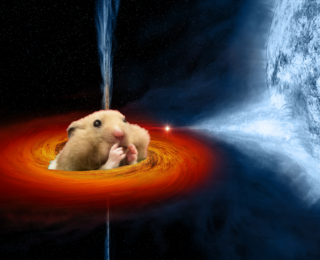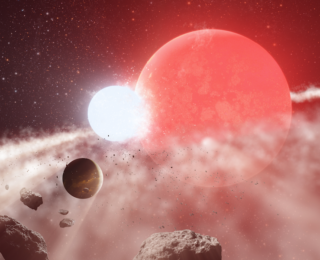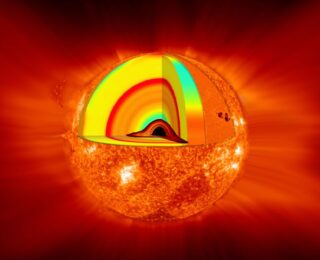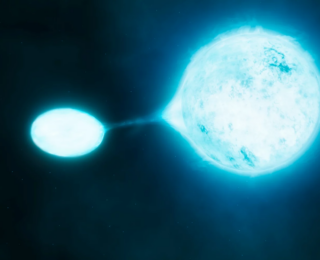
Unveiling hamstars: the cheek-stuffing accreting stars
Learn how greedy stars can store overflow matter to eat later in today’s bite

Learn how greedy stars can store overflow matter to eat later in today’s bite

The authors of today’s paper present a detection of a planet orbiting around its middle-aged host star – a star that was predicted to eat any planets in its way. Now the question remains, how does this planet exist?

Find out what would happen if the Sun or other stars hid primordial black holes in their centers.

In today’s paper, learn about the strange behavior of a variable star, and a possible explanation for its strange behavior: an invisible dancing partner!

In a magical act some stars could vanish from the night sky, today’s bite asks: can we can see them again as black holes?

Will Betelgeuse go supernova in the next few decades? This paper suggests so…